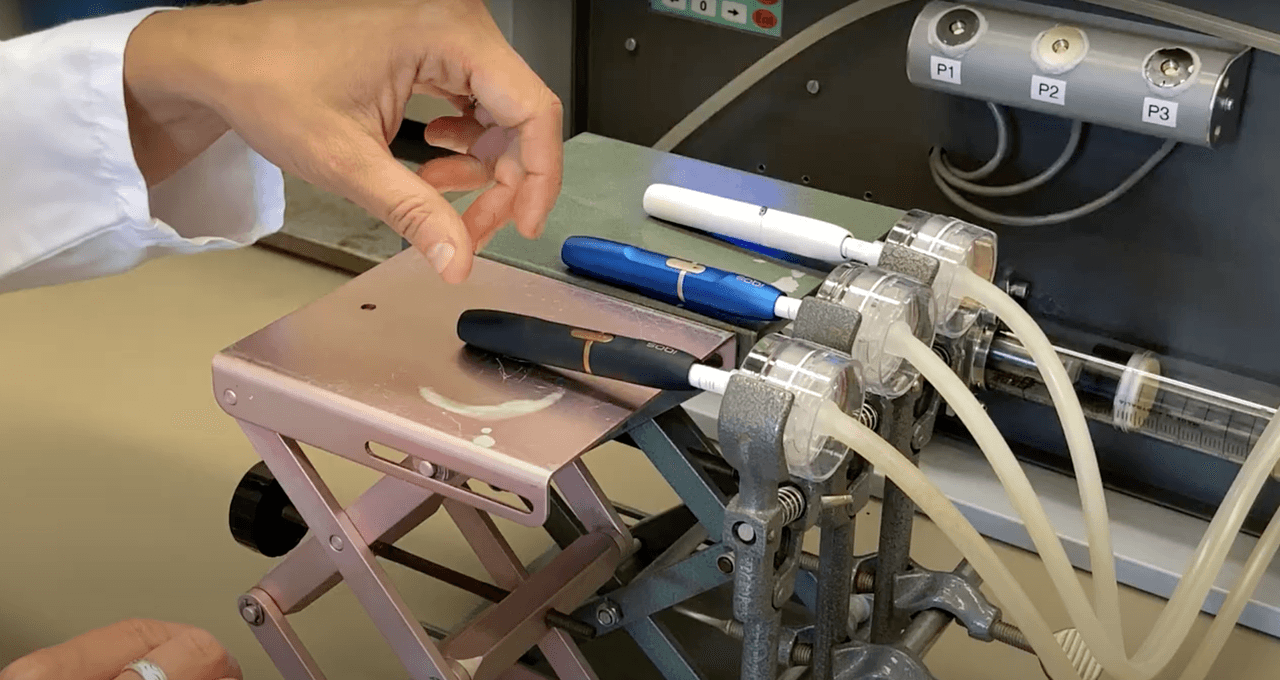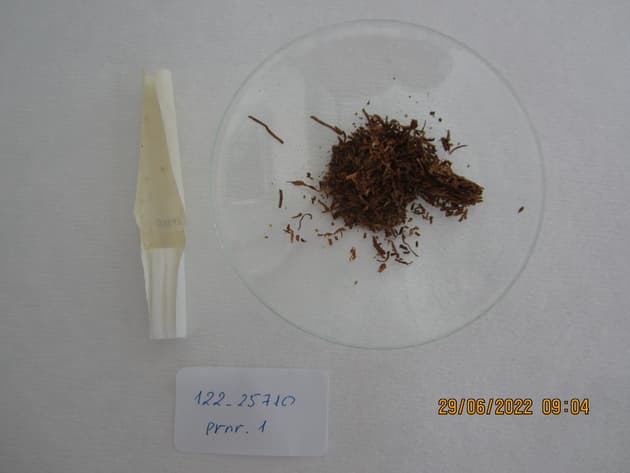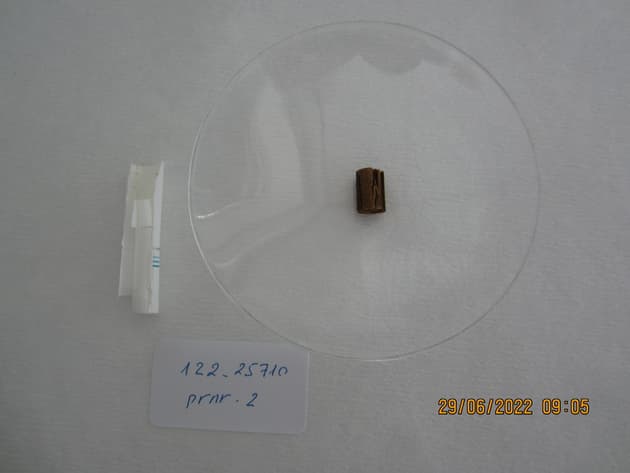
Revealed: The detailed results of our nicotine testing
I studied biochemistry. I loved it. But something didn’t click. In the lab, I was clumsy, nervous and, honestly, a bit terrified of some of the experiments, which variously involved chemicals that could burn you, blind you or turn you radioactive. But although I may not have been cut out for a career at the laboratory bench, I never lost my fascination with scientific research and its power in helping us understand the processes that drive all living things.
When I joined the Bureau, I quickly noticed the parallels between investigative journalism and academic research. Like scientists, investigative journalists work on a hypothesis-based approach. As Mark Lee Hunter and Luuk Sengers write, “Every investigation begins with a question, and a hypothesis is a provisional answer to that question.”
Just as a researcher in a lab conducts experiments and analyses the results, a journalist undertakes reporting to uncover information. This is not about collecting the evidence to support your hypothesis, but collecting evidence, weighing it up and testing it to see whether it supports the hypothesis.
Whatever the investigation, we collaborate and work closely with experts in different fields – people who are open and generous with their time, experience and knowledge. And we make use of data and work that others have done.
For one Big Tobacco investigation we published recently, though, evidence was thin on the ground. We couldn’t find many scientific papers on the topic that were independent of the tobacco industry. So we got together to discuss how we might get the data we needed. Could we do this testing ourselves?
We were interested in heated tobacco, a relatively new product that, as the name suggests, heats tobacco rather than burning it. (Read our two-minute expert on tobacco products.) Some existing studies suggest that the disposable stick used in Iqos, a heated tobacco device produced by Philip Morris International (PMI), contain high levels of nicotine compared with some other similar devices.
Our hypothesis
We began with this working hypothesis:
The tobacco sticks used in Iqos contain more than the 0.5mg of nicotine the maker often claims. This is misleading consumers who may be choosing Iqos over cigarettes because they believe it is less addictive.
Luckily, we didn’t have to dust off our white coats and lab goggles to find out. Our reporters Matthew Chapman and Laura Margottini found expert independent researchers to conduct the experiments and perform the analysis for us.
Our results and data
And here are the results. We’re grateful to the staff at Unisanté, a university centre for general medicine and public health in Switzerland, who conducted the testing, and to Force Technology in Denmark, who performed the analysis. You can watch our short video on the experiments here.
How much nicotine is in each cigarette or stick?
The Bureau’s test used the Health Canada Intense regime, a testing method that has been validated and recommended by the World Health Organization.
The results of the lab testing (below) show that there is an average of more than 4mg of nicotine in each disposable Heets stick – eight times the amount often claimed by PMI.
 Testing the research cigarettes
Force Technology
Testing the research cigarettes
Force Technology

 Testing the Heets sticks
Force Technology
Testing the Heets sticks
Force Technology

| Sample | Nicotine per cigarette or tobacco stick/mg | mg nicotine/g tobacco or reconstituted tobacco |
|---|---|---|
| Research cigarettes | 12.2 | 17.1 |
| Heets turquoise | 4.1 | 15.9 |
How much nicotine is in the emissions of each cigarette or stick?
The testing used a smoking machine, which “smokes” the cigarettes or sticks through a filter. Once the tests are complete, the filters are treated and packaged to send to the lab for analysis. For each cigarette tested, it was smoked with nine puffs. For each Heets stick, 12 puffs were taken.
These results show that the average amount of nicotine in the emissions of a Heets stick (what a user inhales) is 1.2mg. This is more than double the 0.5mg figure often shared by PMI.
When approached by the Bureau, PMI said that it had found a similar figure from its own “intense smoking” test regime – but we could not find any evidence that it has ever used this figure in any public communications.
| Sample | Total nicotine content in extract/mg | Nicotine per cigarette or stick/mg | Nicotine per puff/mg |
|---|---|---|---|
| Research cigarettes | 5.4 | 1.8 | 0.2 |
| Iqos | 5.0 | 1.2 | 0.1 |
Looking at the percentage of total nicotine content present in the emissions, our results show that Iqos is nearly twice as efficient at delivering nicotine than traditional cigarettes. You can see below that nearly 30% of the 4.1mg of nicotine in the Iqos Heets stick is present in the emissions, compared with 15% of that in the cigarette.
| Sample | Nicotine per cigarette or stick/mg | Total nicotine content in extract/mg | Percentage of nicotine content present in extract |
|---|---|---|---|
| Research cigarettes | 12.2 | 1.8 | 14.8 |
| Iqos | 4.1 | 1.2 | 29.3 |
And if you want the detailed breakdown, here you go. The tables below show the results for the testing, which was performed on three cigarettes and on three Heets sticks.
Detailed results from the analysis
| Sample | Nicotine per cigarette or tobacco stick/mg | mg nicotine/g tobacco or reconstituted tobacco |
|---|---|---|
| Cigarette A | 12.1 | 16.9 |
| Cigarette B | 12.1 | 17.1 |
| Cigarette C | 12.3 | 17.2 |
| Heets A | 4.1 | 16.0 |
| Heets B | 4.1 | 15.9 |
| Heets C | 4.0 | 15.9 |
| Sample | Total nicotine content in extract/mg | Nicotine per cigarette or stick/mg |
|---|---|---|
| Cigarette A | 5.9 | 2.0 |
| Cigarette B | 5.3 | 1.8 |
| Cigarette C | 5.0 | 1.7 |
| Iqos A | 5.0 | 1.3 |
| Iqos B | 5.1 | 1.3 |
| Iqos C | 4.8 | 1.2 |




